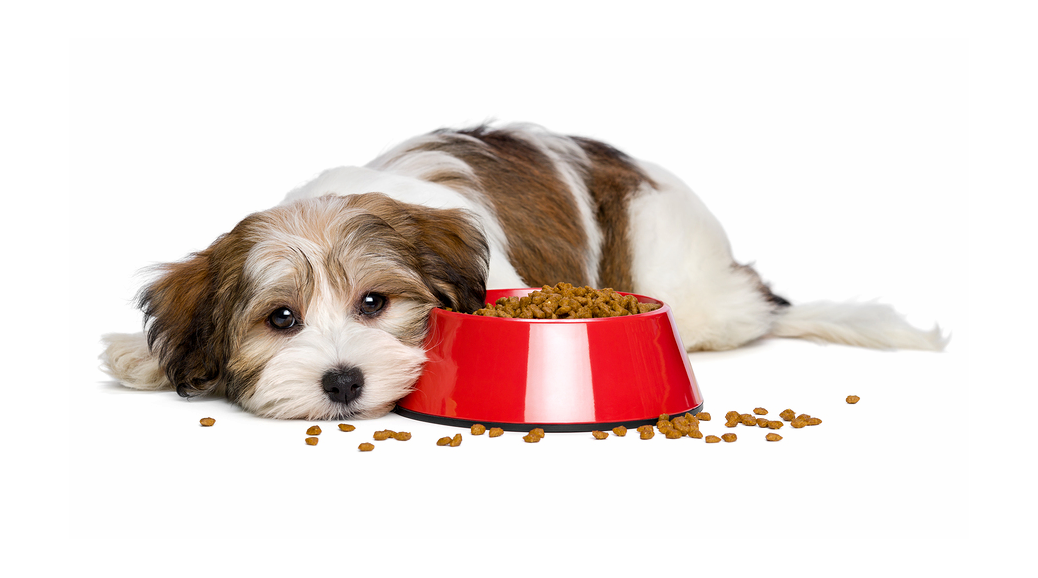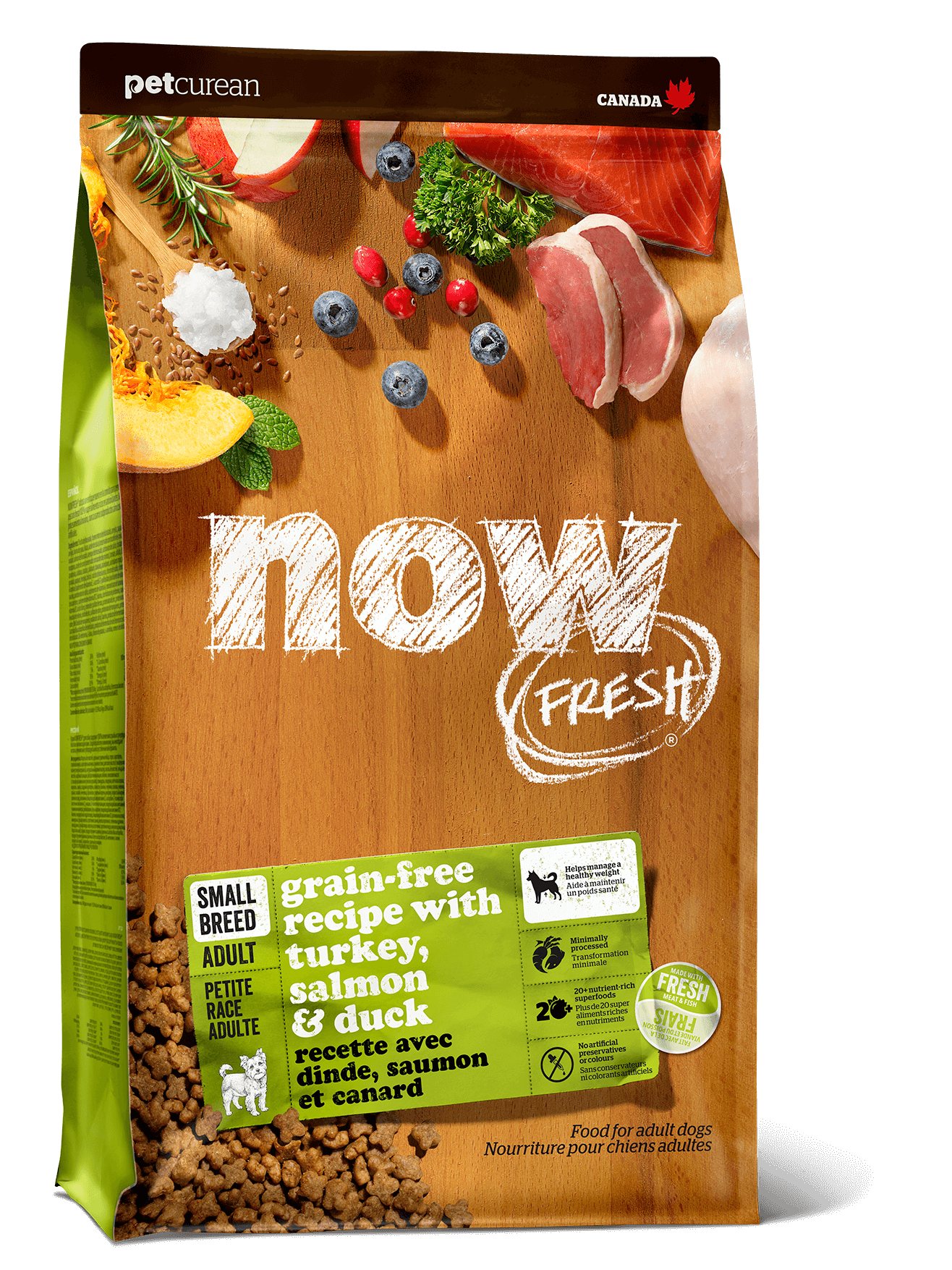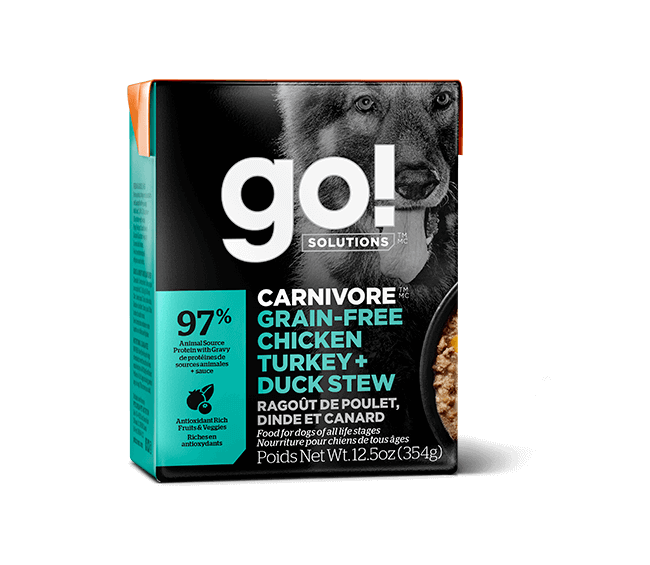Ten tips to help feed a fussy dog

Not all dogs are created equal when it comes to food. Some dogs “live to eat”, and others “eat to live”! It’s probably fair to say that most Labradors fall into the “live to eat” category, while many other breeds – often smaller dogs – by nature may not be quite so keen on eating. Of course, there are those others who have been programmed to be fussy eaters by their well-wishing pet parents! Who wouldn’t want to eat yummy steak, bacon titbits etc off your plate rather than boring (but healthy!) dog food?
If you do have a fussy eater, here are a few tips that may help you out:
1. If you feed a kibble, choose one made with high quality ingredients. Check the label on the back, look for named meats (no by-products) as the first ingredients. A kibble made with quality meat or fish and fresh fruits and veges will be a lot more palatable to your canine friend than one made with meat by-products and lots of grains. Try GO! Solutions or NOW FRESH SMALL BREED dog foods for highly palatable foods made with premium quality ingredients.
2. Add a little warm water to his kibble. This releases all the aromas of the ingredients in the biscuit.
3. Add a couple of spoons of a good quality wet food to his kibble. Wet food is highly palatable so it’s great for fussy eaters or older dogs who are losing their appetites. Just a spoonful or two mixed in with their kibble will entice the fussiest of dogs to eat. Cats on the other hand generally prefer not to mix the texture of wet food with their biscuits – separate meals are usually better for them! We have several brands of wet food available in different flavours and textures - GO! Solutions, NOW Fresh and NUTRIPE. Click here to view a range of highly palatable wet foods.
4. Add a couple of spoons of yoghurt, sardines, mackerel or vegetables. Mix in with the kibble or put in his bowl first,
and put the kibble on top – that way he has to eat the biscuits first!
5. A little tough love can be helpful. If your pooch won’t eat his meal after 10-15 minutes, take it away and do not feed him until the next mealtime. Dogs don’t necessarily need to eat every day – particularly if they do not have a good exercise routine – they simply may not be hungry.
6. Rotate his food. Choose a different meat or fish protein when you buy the next bag of food. Always remember to mix the new food into the existing food over a number of meals. If you choose a simple formula food (limited ingredient or formulated for sensitive stomachs) it will be easier to rotate. The GO! Sensitivities range or GO! Skin + Coat Care range are excellent choices for easy rotation.
7. A reluctant eater may take food from your hand, and can then be transitioned to eat from the bowl. Some dogs will respond to scattering the kibble over the ground, activating their natural instinct for scavenging.
8. Feed a little less of her food than recommended. She’s likely to have more of an appetite at the next mealtime. Many dogs today are overfed. Remember if you’re feeding a good quality food, you’re likely to feed a lot less than lesser quality foods.
9. Keep treats to a minimum. Again, to make her hungry when she gets to mealtime.
10. Always make mealtimes a pleasant time. Be excited to get his food ready. Encourage a bit of excitement and anticipation. And don’t stress!
If you need help with a fussy dog, feel free to contact us for help on orders@healthypetfoods.co.nz
Here are some of our most popular foods for fussy eaters:




.png)